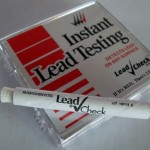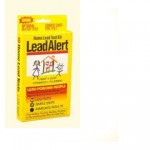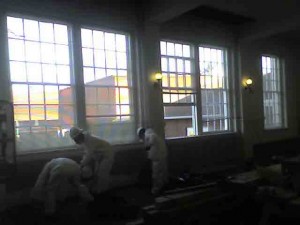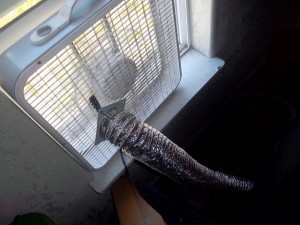Tue 20 Dec 2011
Lead Check Sticks – not OSHA approved
Posted by admin under Air Monitoring, Federal OSHA, Lead, Management, OSHA
Comments Off on Lead Check Sticks – not OSHA approved
You know those lead testing kits from the hardware store? Â They seem extremely handy, however, they are a bit misleading.
 LEAD CHECK ™ and LEAD ALERT ™ use a chemical (rodizonate-based) to instantly tell you if you have lead in your paint. If you use this kit, and the color changes, you have lead present.
LEAD CHECK ™ and LEAD ALERT ™ use a chemical (rodizonate-based) to instantly tell you if you have lead in your paint. If you use this kit, and the color changes, you have lead present.
They are quick and easy, but have a few HUGE downsides.
- OSHA has stated in a letter of interpretation (7/2003) that these should not be used for determining if lead isn’t present. In other words, you can’t rely on a test that says, “no lead!”
- These kits only check the “top layer” of paint – not the coat of paint below the one you are testing. You must test each layer.
- These kits will not tell you how much lead you have (what percentage). You knew these kits didn’t do this already, but this is useful information!
- Some chemicals may interfere with these type of kits. If you have chromium in your paint, the kit may say there is no lead present, but in fact, the chromium has interfered with the true results.
The biggest issue is that you need to have objective air monitoring to prove that your airborne levels of lead are not overexposing your employees. Â A true bulk test (of paint) gives you great information. It tells you the percentage of lead in the paint. This, and your air sampling data, can be used again for future projects. It will also tell you which colors of paint have the highest lead. Â Be safe out there!

